Home>Home Appliances>Heating & Cooling>How To Add Heated Floors In A Bathroom
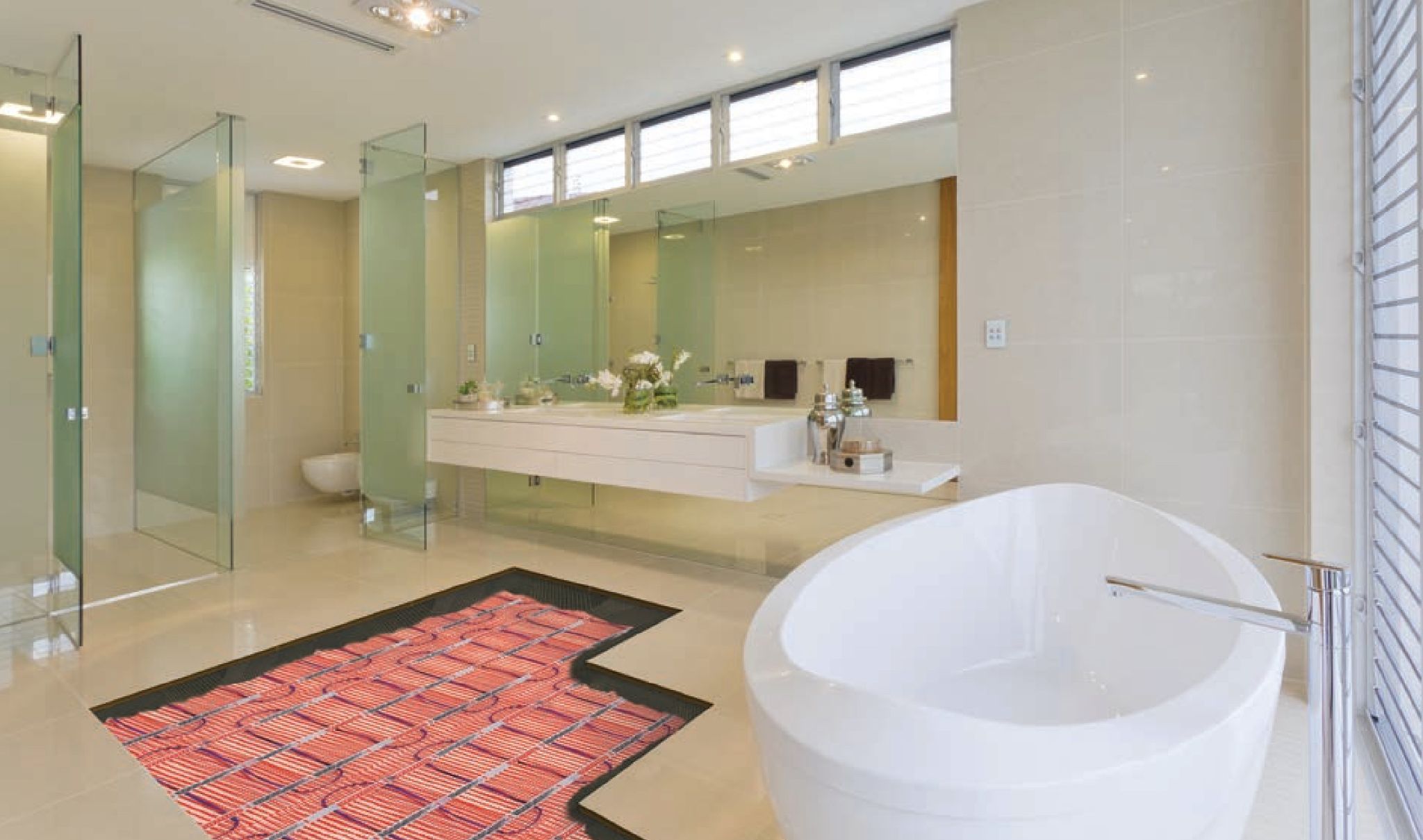

Heating & Cooling
How To Add Heated Floors In A Bathroom
Modified: January 6, 2024
Learn how to install heated floors in your bathroom for ultimate comfort and warmth. Explore heating and cooling options for a cozy bathroom space.
(Many of the links in this article redirect to a specific reviewed product. Your purchase of these products through affiliate links helps to generate commission for Storables.com, at no extra cost. Learn more)
Introduction
Welcome to the wonderful world of heated floors! Imagine stepping out of the shower onto a warm, toasty surface, even on the chilliest of mornings. Heated floors, often associated with luxury spas and upscale hotels, are becoming increasingly popular in residential settings. Not only do they add a touch of indulgence to your home, but they also offer practical benefits, such as energy efficiency and improved comfort.
In this comprehensive guide, we will walk you through the process of adding heated floors to your bathroom. Whether you're embarking on a new construction project or considering a renovation, incorporating this modern heating solution can elevate the ambiance of your space while providing a cozy retreat during the colder months.
From planning and preparation to installation and testing, we will cover every step of the journey, ensuring that you have the knowledge and confidence to bring the warmth of heated floors into your home. So, let's dive in and discover how to transform your bathroom into a luxurious oasis of comfort and style!
Key Takeaways:
- Transform your bathroom into a cozy oasis by adding heated floors, providing luxury and practical benefits like energy efficiency and enhanced comfort.
- Careful planning, precise installation, and thorough testing are essential for successfully adding heated floors to your bathroom, creating a warm and inviting sanctuary.
Read more: How Are Heated Floors Heated?
Planning and Preparation
Before diving into the installation of heated floors, it’s crucial to lay a solid foundation through meticulous planning and preparation. This phase sets the stage for a successful and efficient execution of the project. Here’s what you need to consider:
- Assess Your Space: Begin by evaluating the layout and dimensions of your bathroom. Consider the existing flooring material and whether it’s suitable for installing heated floors. Additionally, take note of any fixtures, such as vanities or toilets, that may impact the heating system’s placement.
- Choose the Right Flooring: While heated floors can be installed under various types of flooring, certain materials, such as tile, stone, and engineered wood, are particularly well-suited for this purpose. If you’re planning to replace the flooring, factor in the compatibility with the heating system.
- Calculate Heat Requirements: Determine the heating load for your bathroom based on its square footage and insulation levels. This calculation will guide you in selecting the appropriate heating system with the necessary wattage to effectively warm the space.
- Budget Considerations: Establish a realistic budget for the project, encompassing the cost of materials, labor, and any additional electrical work. While heated floors offer long-term energy savings, it’s essential to weigh the upfront investment against the expected benefits.
- Electrical Considerations: Assess the electrical capacity of your home to ensure it can accommodate the new heating system. If necessary, consult with a qualified electrician to address any upgrades or modifications required for safe and efficient operation.
By carefully addressing these key considerations during the planning phase, you’ll set the stage for a seamless transition into the installation process. This thoughtful approach will help you avoid potential setbacks and ensure that your heated floors become a delightful and enduring addition to your bathroom.
Choosing the Right Heating System
When it comes to selecting a heating system for your bathroom floors, several options are available, each with its own unique advantages. Understanding the characteristics of each system will enable you to make an informed decision that aligns with your preferences and requirements. Here are some popular choices:
- Electric Radiant Heating: This system utilizes electric cables or mats installed beneath the flooring to generate warmth. Electric radiant heating is known for its quick response time and ease of installation, making it an appealing option for bathroom floors. Additionally, it can be zoned to provide customized heating levels for different areas of the bathroom.
- Hydronic Radiant Heating: Hydronic systems circulate heated water through a network of tubing installed beneath the floor. While the installation process is more complex than that of electric systems, hydronic heating offers exceptional energy efficiency and long-term cost savings. It’s ideal for homeowners seeking a sustainable heating solution for their bathroom floors.
- Hybrid Heating Systems: Some innovative solutions combine the benefits of electric and hydronic radiant heating. These hybrid systems leverage the rapid response of electric heating while integrating the energy efficiency of hydronic heating, providing a well-rounded approach to floor warming.
Factors such as your budget, desired heating performance, and long-term energy efficiency goals will influence your choice of heating system. Additionally, consider the compatibility of the heating system with your selected flooring material and the overall design of your bathroom.
Consulting with a heating professional or a qualified contractor can provide valuable insights into the most suitable heating system for your specific needs. Their expertise will ensure that you make an informed decision, leading to the optimal comfort and functionality of your heated bathroom floors.
By carefully evaluating the available options and weighing their respective benefits, you can confidently proceed to the next phase of the project, equipped with the knowledge to select the perfect heating system for your bathroom floors.
Installing the Heated Floors
With the planning phase complete and the heating system selected, it’s time to embark on the exciting phase of installing heated floors in your bathroom. This transformative process involves precision and attention to detail to ensure that the heating system integrates seamlessly with your chosen flooring. Here’s a step-by-step guide to the installation process:
- Prepare the Subfloor: Ensure that the subfloor is clean, level, and free of any debris or imperfections that could affect the installation. Depending on the type of heating system chosen, follow the manufacturer’s guidelines for preparing the subfloor to receive the heating elements.
- Install the Heating Elements: Carefully lay out and secure the heating cables or mats according to the manufacturer’s specifications. Take precise measurements to ensure uniform coverage and consistent heating throughout the designated area of the bathroom floor.
- Secure the Heating System: Use approved methods to fasten the heating elements to the subfloor, ensuring that they remain in place during the subsequent stages of the installation. Attention to detail during this step is crucial to the long-term performance of the heating system.
- Apply Floor Covering: Once the heating elements are in place, follow the recommended guidelines for installing the chosen flooring material. Whether it’s tile, stone, or engineered wood, ensure that the floor covering is compatible with the heating system and that it allows for efficient heat transfer.
- Verify Installation Integrity: Conduct a thorough inspection to confirm that the heating elements are securely installed and that the floor covering is laid out correctly. Address any discrepancies or irregularities before proceeding to the next phase.
Throughout the installation process, meticulous attention to detail and adherence to the manufacturer’s guidelines are paramount. If you’re uncertain about any aspect of the installation, consulting with a professional installer or contractor can provide valuable guidance and ensure a successful outcome.
By following these steps with precision and care, you’ll soon witness the transformation of your bathroom as the comforting warmth of the heated floors takes shape, setting the stage for a truly luxurious and inviting space.
When adding heated floors to a bathroom, make sure to choose a heating system that is suitable for the type of flooring you have. It’s important to follow the manufacturer’s instructions for installation to ensure safety and effectiveness.
Wiring and Thermostat Installation
As the physical installation of the heated floors nears completion, attention turns to the crucial components that regulate and control the heating system. The wiring and thermostat installation phase is essential for ensuring the efficient and user-friendly operation of your heated bathroom floors. Here’s what you need to consider:
- Electrical Wiring: If you’re installing an electric radiant heating system, meticulous attention to electrical wiring is paramount. Ensure that all connections are made securely and in accordance with local electrical codes. If you’re not experienced with electrical work, it’s advisable to enlist the services of a qualified electrician to handle this aspect of the installation.
- Thermostat Selection: Choose a thermostat that aligns with your heating system’s specifications and your desired level of control. Options range from basic manual thermostats to advanced programmable models that offer precise temperature management and scheduling capabilities. Select a thermostat that complements the functionality and aesthetics of your bathroom.
- Thermostat Placement: Strategically position the thermostat in an easily accessible and unobstructed location within the bathroom. This ensures convenient access for adjusting the temperature settings while allowing the thermostat to accurately gauge the ambient conditions for optimal heating control.
- Wiring Connections: Follow the manufacturer’s instructions for connecting the thermostat to the heating system and power source. Carefully route and secure the wiring, ensuring that it remains concealed and protected to maintain the visual appeal of your bathroom space.
- Testing and Calibration: Once the wiring and thermostat are installed, conduct thorough testing to verify the functionality of the entire heating system. Calibrate the thermostat settings to achieve the desired level of comfort and energy efficiency, taking into account factors such as heating schedules and temperature preferences.
Throughout this phase, meticulous attention to detail and adherence to safety protocols are essential. If you encounter any challenges or uncertainties during the wiring and thermostat installation, seeking professional assistance can provide peace of mind and ensure that the heating system operates reliably and efficiently.
By completing this phase with precision and care, you’ll be one step closer to enjoying the delightful warmth and comfort of your newly installed heated bathroom floors, elevating your daily routines and creating a welcoming sanctuary within your home.
Read more: How To Turn On Heated Floors
Testing and Troubleshooting
As the installation of your heated bathroom floors nears completion, the crucial phase of testing and troubleshooting ensures that the heating system operates flawlessly, delivering the desired level of comfort and efficiency. This meticulous process allows you to identify and address any potential issues before enjoying the full benefits of your luxurious and functional addition. Here’s a comprehensive guide to this essential phase:
- Initial System Test: Activate the heating system and monitor its performance to ensure that the floor warms up uniformly and reaches the desired temperature. This initial test allows you to verify the functionality of the heating elements and assess their responsiveness.
- Temperature Calibration: Use a reliable thermometer to measure the floor temperature at various locations, ensuring that it aligns with the thermostat settings. Adjust the thermostat as needed to achieve consistent and comfortable warmth throughout the entire bathroom floor.
- Thermostat Operation: Test the thermostat’s functionality by adjusting the temperature settings and observing the heating system’s response. Ensure that the thermostat accurately controls the floor temperature and that it communicates with the heating elements effectively.
- Electrical Checks: Conduct a thorough inspection of the electrical connections and wiring to verify their integrity and safety. Look for any signs of overheating, loose connections, or other electrical irregularities that may require attention.
- Troubleshooting Potential Issues: If you encounter any discrepancies or irregularities during the testing phase, systematically troubleshoot the heating system to identify and address the root cause of the problem. Common issues may include uneven heating, inadequate temperature control, or electrical malfunctions.
Throughout the testing and troubleshooting phase, meticulous attention to detail and a methodical approach are essential. If you encounter challenges that require technical expertise, consulting with a qualified heating professional or installer can provide valuable insights and ensure that any issues are promptly resolved.
By completing this phase with thoroughness and care, you’ll gain confidence in the reliability and performance of your heated bathroom floors, setting the stage for uninterrupted comfort and enjoyment in your elegantly transformed space.
Conclusion
Congratulations on successfully navigating the journey of adding heated floors to your bathroom! This transformative endeavor has not only enhanced the comfort and allure of your space but also introduced a touch of luxury to your daily routine. As you bask in the delightful warmth of your newly installed heated floors, reflecting on the comprehensive process you’ve undertaken yields a sense of accomplishment and satisfaction.
From the meticulous planning and preparation to the careful selection of the heating system, each step has contributed to the creation of a harmonious and inviting environment within your home. The installation process, with its precision and attention to detail, has culminated in the seamless integration of the heating system with your chosen flooring, elevating the functionality and aesthetic appeal of your bathroom.
The wiring and thermostat installation phase, though intricate, has empowered you to exert control over the heating system, ensuring that it operates with efficiency and responsiveness. The thorough testing and troubleshooting have allowed you to fine-tune the performance of your heated floors, addressing any potential issues and affirming the reliability of this modern heating solution.
As you revel in the comforting warmth of your bathroom, it’s evident that the addition of heated floors has not only elevated the ambiance of the space but also enriched your daily rituals with a touch of indulgence. Whether it’s stepping out of the shower onto a toasty surface or enjoying a tranquil moment in your elegantly heated sanctuary, the benefits of this enhancement resonate throughout your home.
With your bathroom now exuding warmth and sophistication, you’ve created a haven that beckons with its inviting allure, promising a retreat from the rigors of daily life. The journey of adding heated floors to your bathroom has not only bestowed practical advantages, such as energy efficiency and personalized comfort, but has also imbued your home with a sense of luxury and refinement.
As you embark on future endeavors to enhance your living space, may the knowledge and experience gained from this undertaking serve as a guiding light, empowering you to infuse each corner of your home with warmth, comfort, and enduring elegance.
Frequently Asked Questions about How To Add Heated Floors In A Bathroom
Was this page helpful?
At Storables.com, we guarantee accurate and reliable information. Our content, validated by Expert Board Contributors, is crafted following stringent Editorial Policies. We're committed to providing you with well-researched, expert-backed insights for all your informational needs.
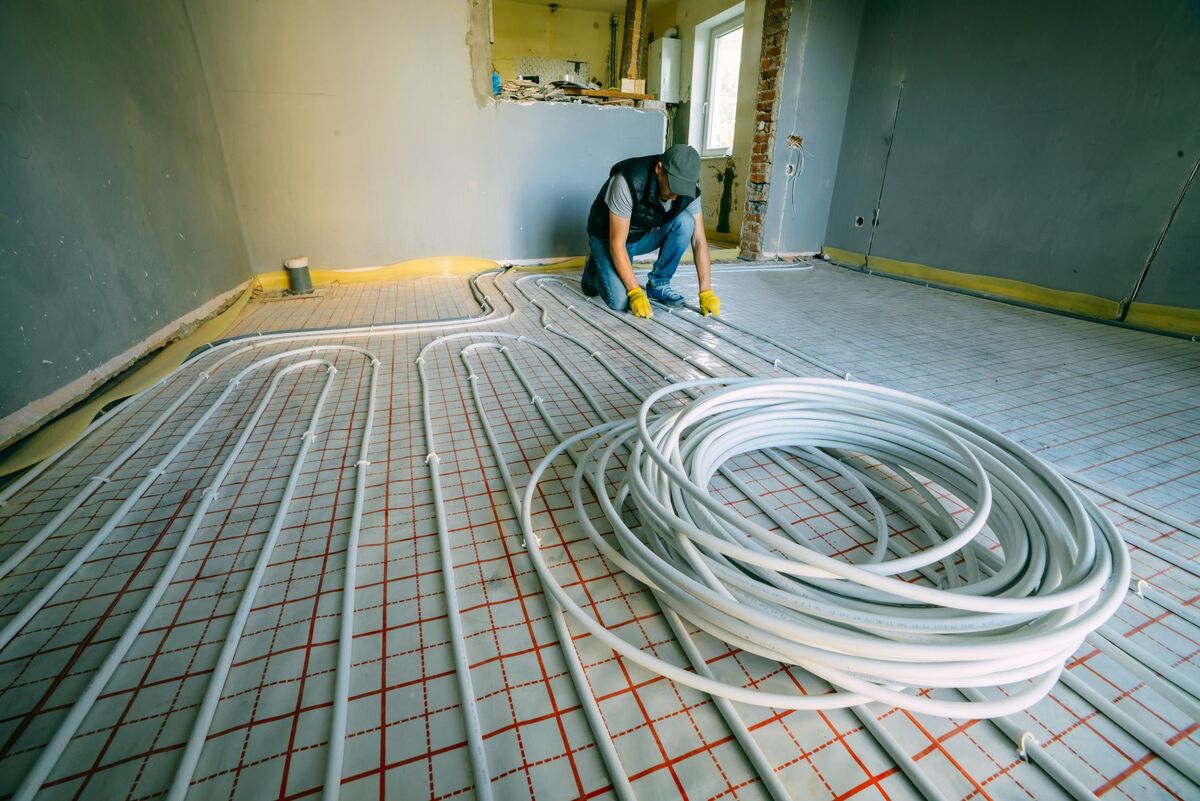
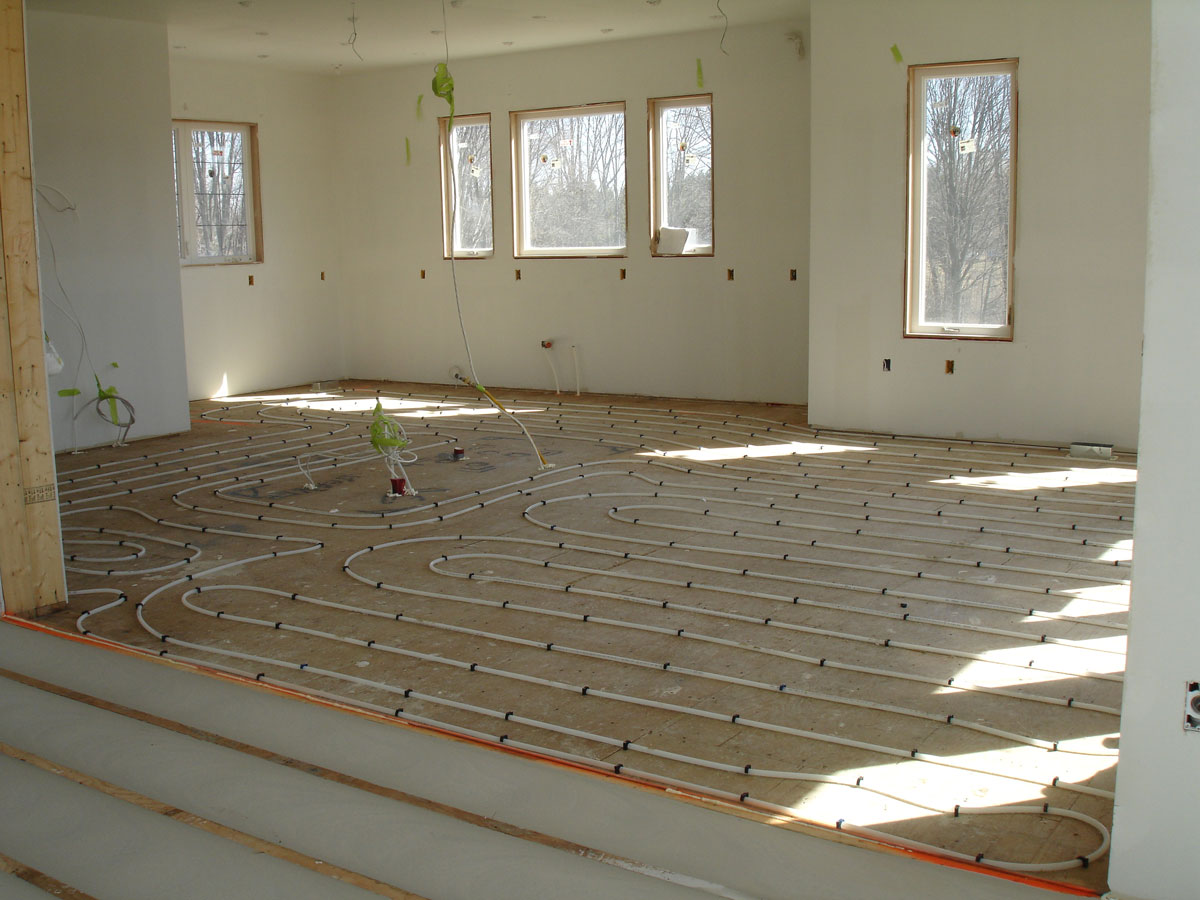
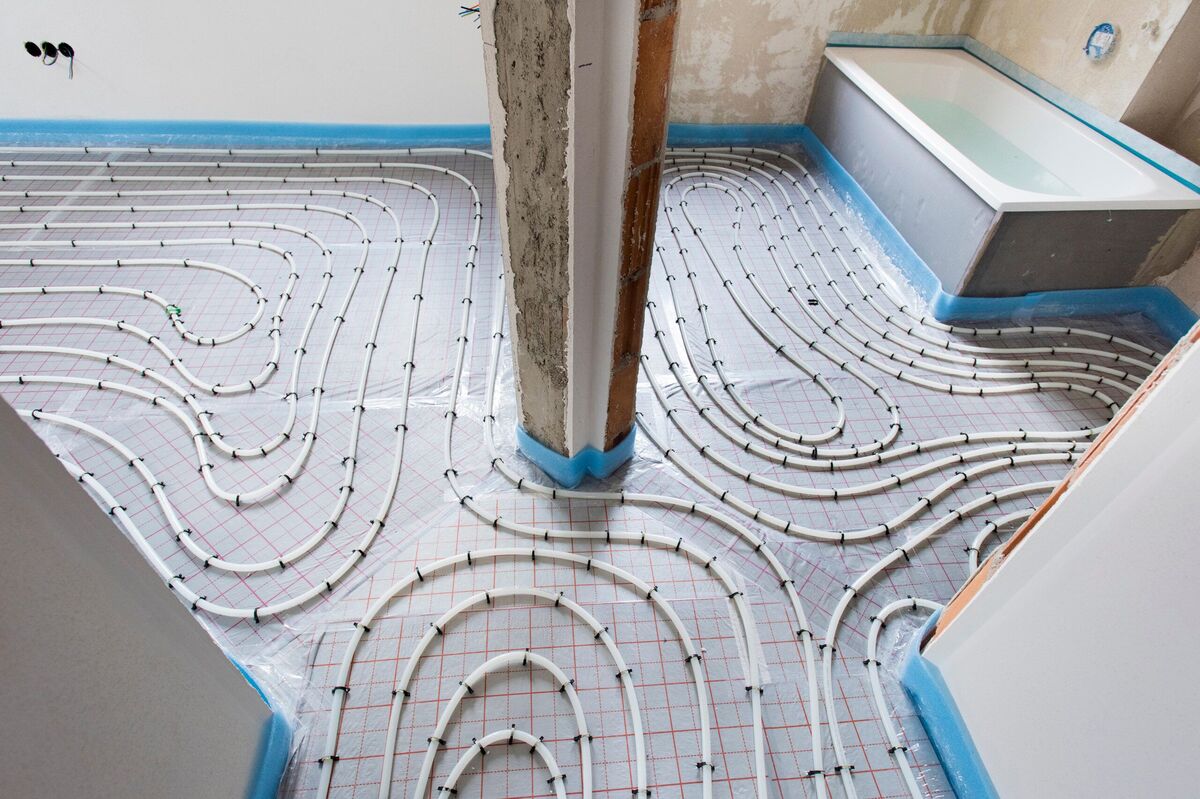

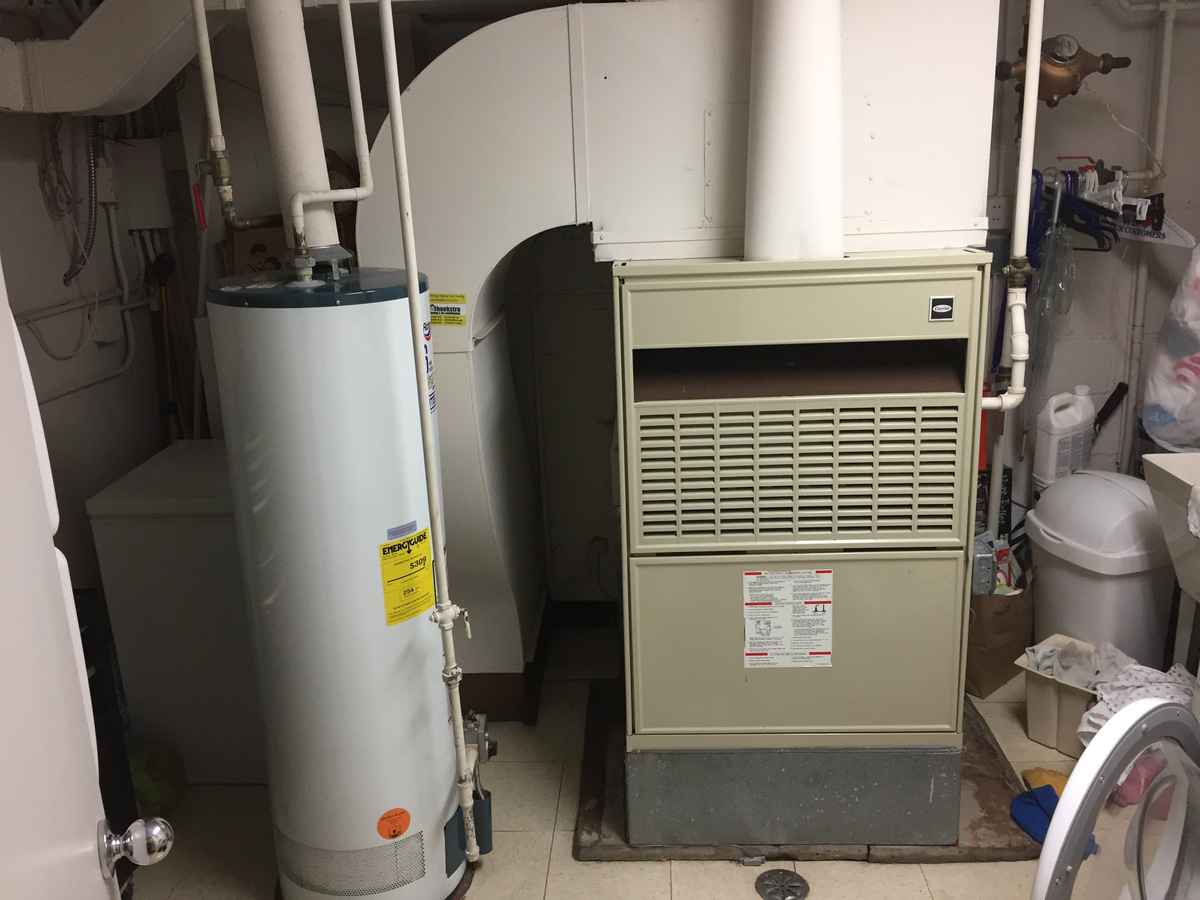
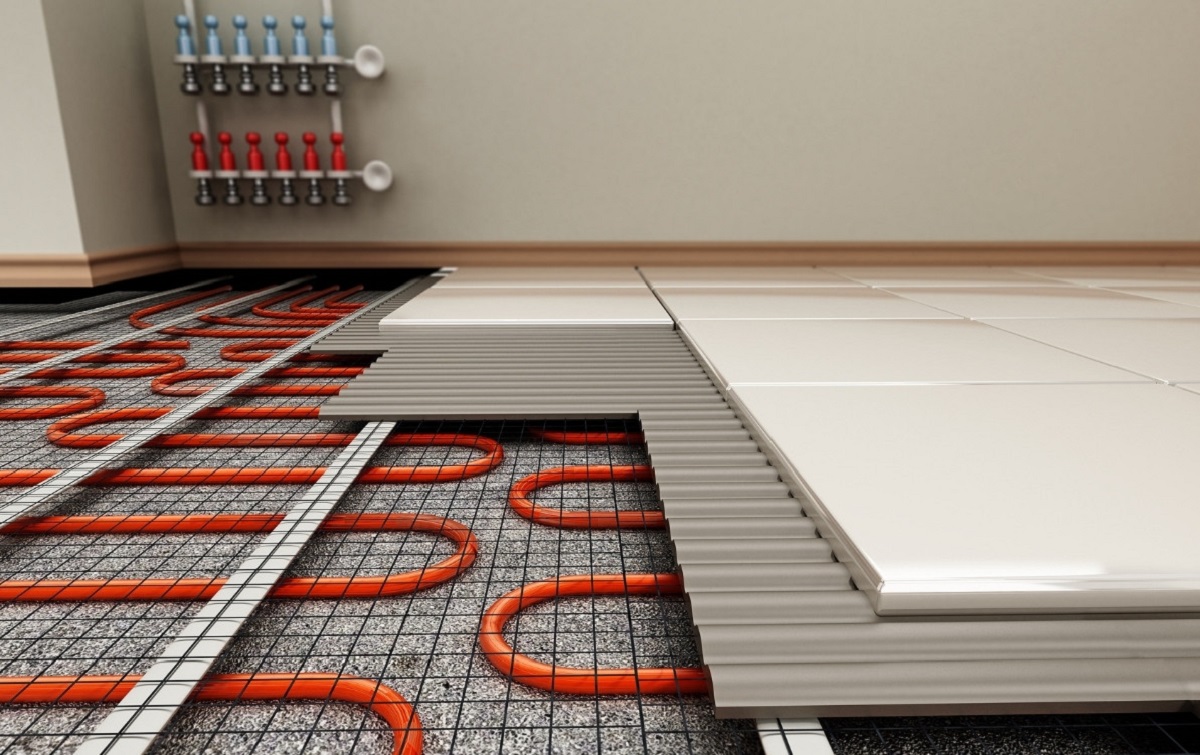
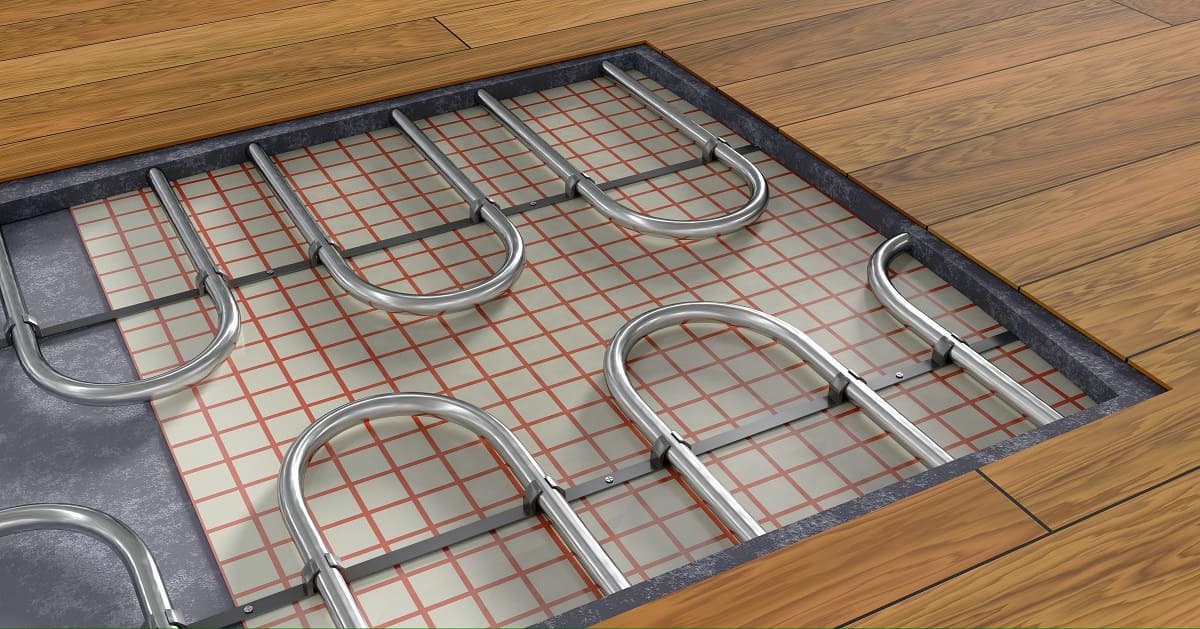
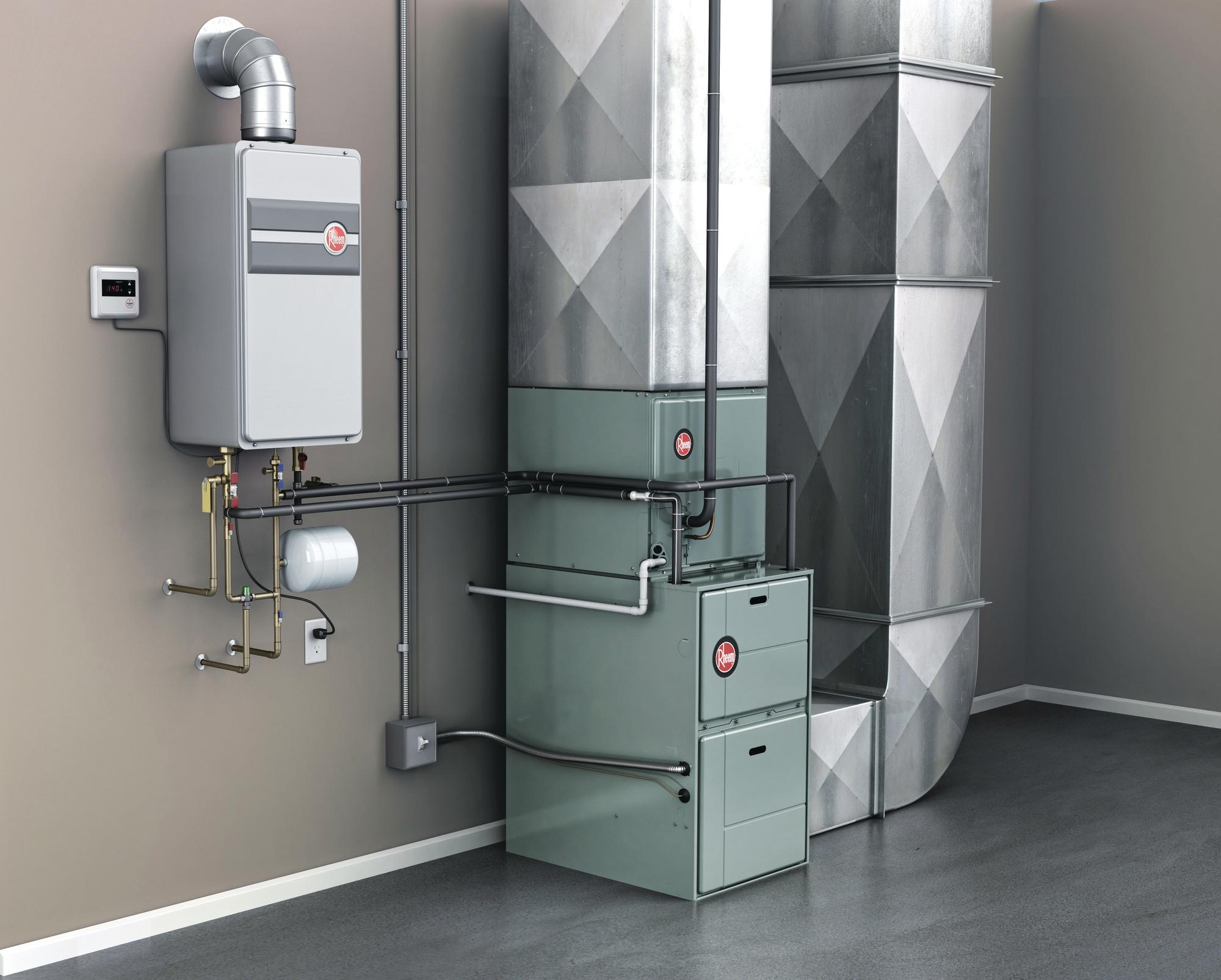
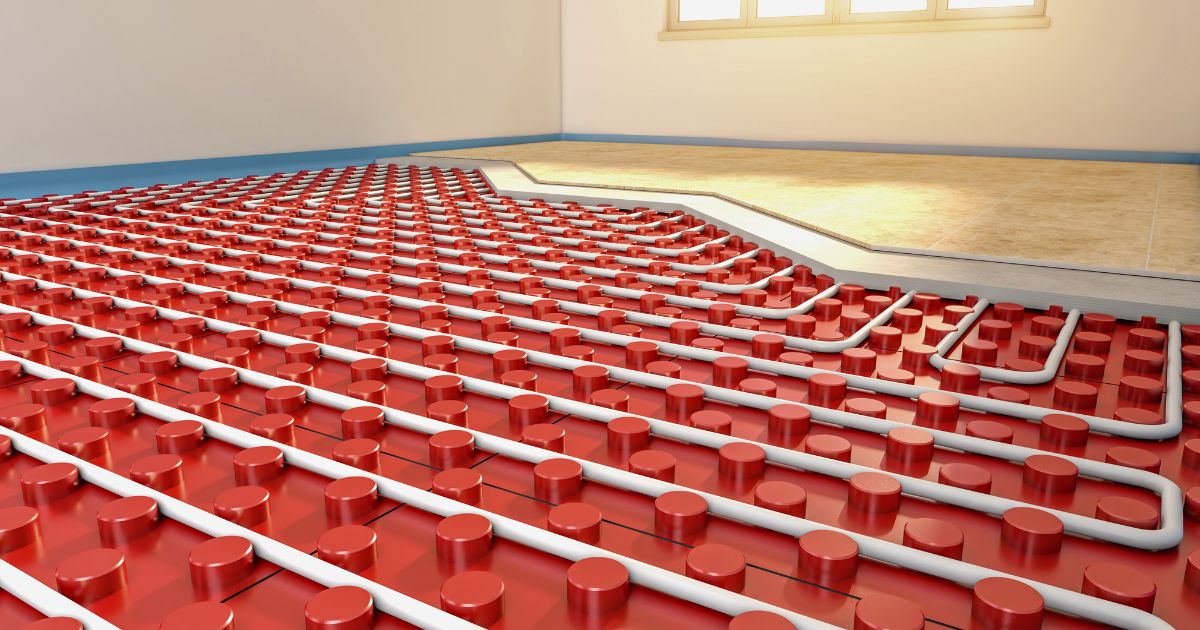

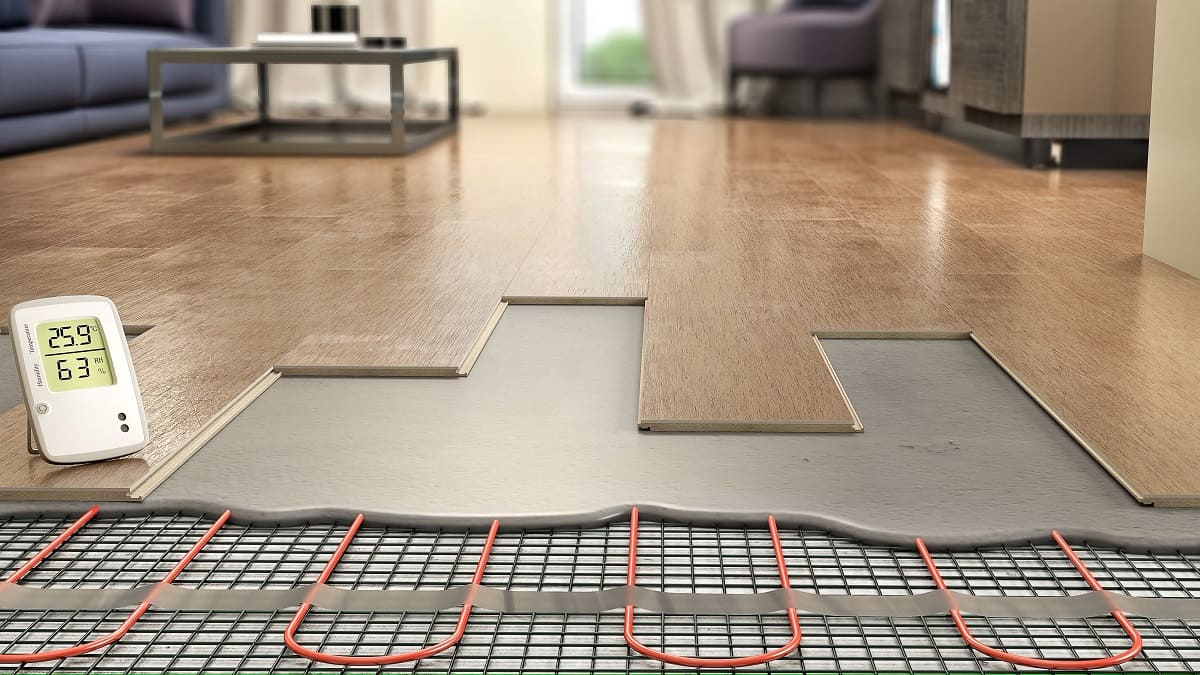

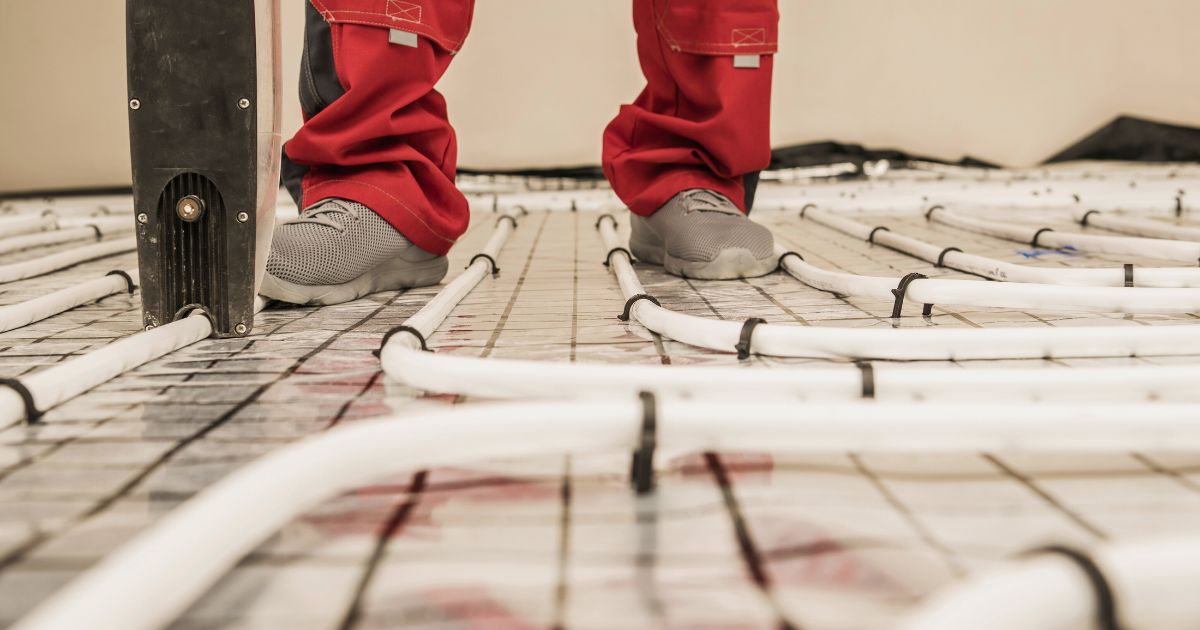
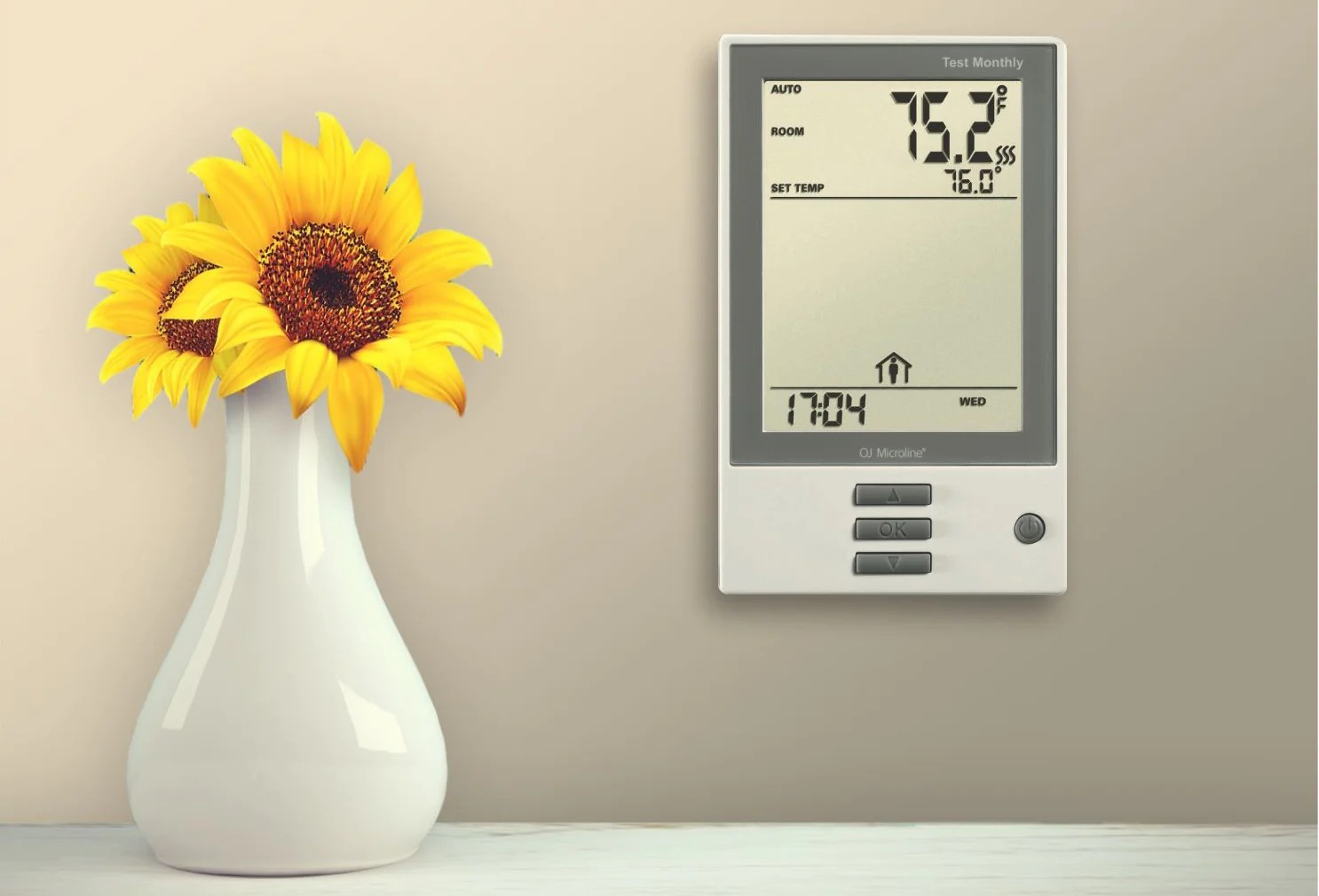

0 thoughts on “How To Add Heated Floors In A Bathroom”